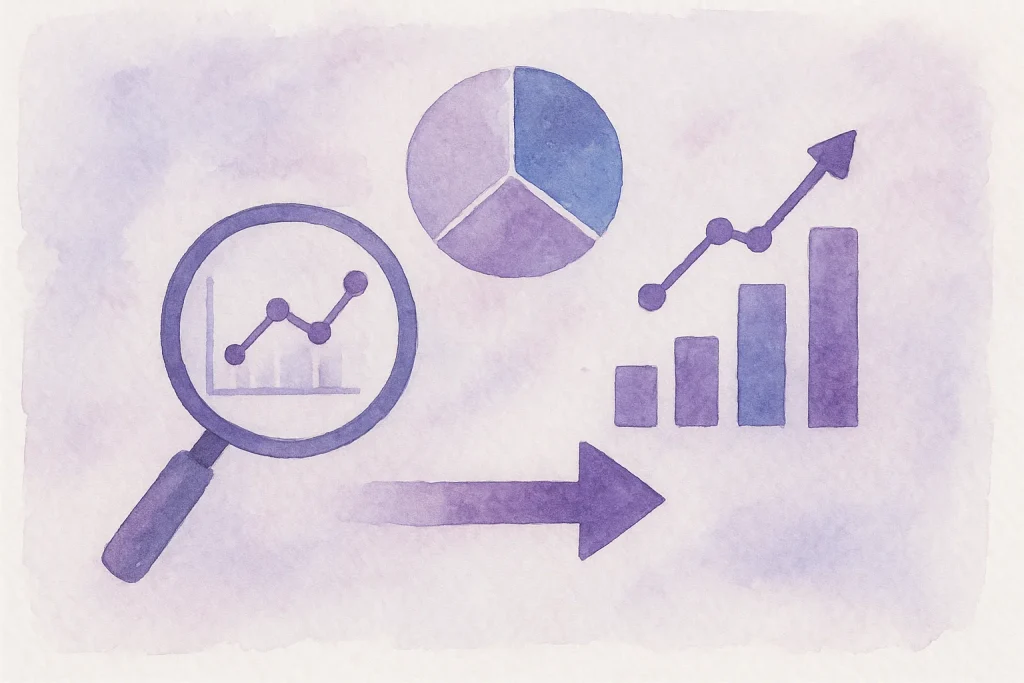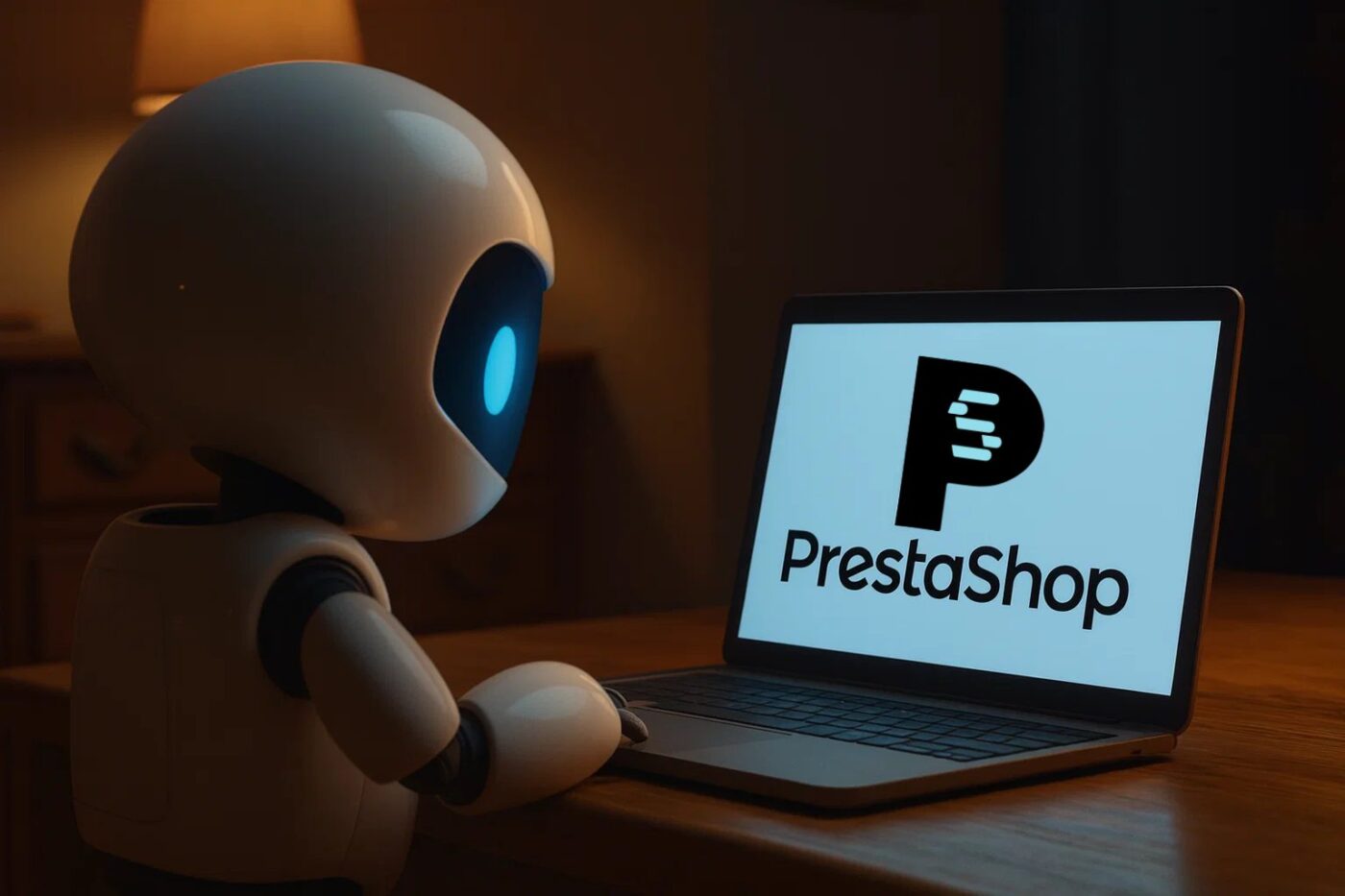How Smart Brands Exploit AI Marketing Now

Thanks to AI marketing, the marketing landscape in 2025 looks nothing like it did just a few years ago.
Traditional digital strategies, email blasts, cookie-based retargeting, one-size-fits-all campaigns, have started to feel like relics of the past.
Instead, a new paradigm is taking over: AI-first marketing.
It’s no longer a futuristic concept reserved for tech giants or early adopters; it’s the here and now, driving smarter decisions, faster actions, and more meaningful connections between brands and consumers.
But what exactly is AI marketing, and why is 2025 the pivotal moment when smart brands start to dominate by exploiting it?
At its core, AI marketing involves using artificial intelligence technologies, machine learning, natural language processing, predictive analytics, to automate, optimize, and personalize marketing efforts at an unprecedented scale.
This is no mere automation; it’s an evolution where data meets creativity and strategy to deliver relevance in real time.
The brands that grasp this early, those who blend human intuition with AI-driven insights, are not just surviving but thriving.
Today, you’ll discover how AI marketing is transforming everything from content creation to pricing strategies, and what it means for anyone hoping to keep pace in this rapidly changing world.
Hyper-Personalization at Scale: Data-Driven Relevance
One of the most powerful shifts AI brings to marketing is hyper-personalization.
Crafting experiences so finely tuned they feel tailor-made for each individual.
Thanks to real-time data processing, brands can now move beyond generic segmentation to understand a customer’s preferences, behavior, and context on the fly.
Take Amazon and Netflix as prime examples.
Both giants use AI algorithms to analyze millions of data points, from past purchases or viewing history to the time of day and even the device being used.
The result?
Recommendations that feel almost psychic, nudging users toward products or shows they’re statistically more likely to love.
This approach is far from just a convenience, it’s a strategic driver of loyalty and conversion.
According to McKinsey, companies that invest in personalization can see sales lift by 15%.
That’s not just a bump in numbers; it’s an indication of trust earned and attention captured in a noisy marketplace. When customers feel seen and understood, they’re more likely to stick around, and spend more.
Generative AI Content: Fast, Smart, and On-Brand
Creating content used to be one of the slowest parts of marketing, often bogged down by brainstorming sessions, endless revisions, and looming deadlines.
Today, generative AI tools have changed the game by automating everything from blog posts and social media updates to personalized email campaigns, all while adhering to brand voice and style guidelines.
Beyond mere speed, AI’s role in real-time SEO optimization means content isn’t just published quickly; it’s designed to perform immediately.
AI analyzes trending keywords, competitor activity, and search intent, dynamically tweaking headlines and copy to maximize visibility.
Yet, far from eroding creativity, this automation liberates human marketers to focus on strategy, storytelling, and innovation.
Imagine having a tireless assistant handling the repetitive grunt work while you craft the narrative that truly connects.
It’s a partnership between human insight and machine efficiency that’s driving marketing forward.
However, it will never be as good as real content creators, but it’s enough for prototypes, tests and concepts.
If you plan to use AI images in your marketing, here’s a blog article that will help you: 3 AI Image Secrets You Need To Know

Predictive Analytics: From Insight to Action
What if you could anticipate customer behavior before it even happens? Predictive analytics powered by AI allows marketers to do exactly that.
By sifting through historical and real-time data, AI identifies patterns and signals that forecast future actions, whether that’s clicking a link, abandoning a cart, or responding to a campaign.
Brands can then adjust campaigns in real time, shifting budget and messaging to capture opportunities or minimize risk.
Remember Amazons 100,000 data points? Here they come into play.
Dynamic ads, for instance, can morph their visuals and copy based on immediate audience feedback, ensuring relevance remains razor sharp.
This proactive approach transforms marketing from reactive guesswork into precise, data-driven action, a move that can spell the difference between a fleeting campaign and sustained success.
Conversational AI & Chatbots: Scalable Engagement
Customer engagement is evolving, too, thanks to conversational AI.
Brands now deploy chatbots that operate around the clock, answering FAQs, guiding users through product choices, and even suggesting personalized upsells.
But it’s important to note that these aren’t cold, impersonal machines replacing humans.
Instead, AI-powered chatbots augment human agents by handling routine inquiries, freeing up people to focus on more complex, nuanced conversations.
This scalability improves response times, boosts satisfaction, and nurtures relationships without ballooning costs.
In an age where consumers expect instant answers, conversational AI is no longer a novelty, it’s a necessity.
Dynamic Pricing: Real-Time Value Engineering
Pricing has always been a delicate balance, but AI is making it smarter and more responsive.
By analyzing demand, user behavior, competitor pricing, and even external factors like weather or events, AI dynamically adjusts prices to maximize revenue while staying competitive.
E-commerce platforms and airlines are prime examples, shifting prices in real time to capture willingness to pay or fill inventory efficiently.
This dynamic pricing doesn’t just improve profits, it offers customers the right price at the right moment, enhancing satisfaction.
Btw, Looking To Integrate Your E-Commerce In Europe?
It can be extremely time-consuming and it will definitely give you tons of headaches if you’re not prepared.
I have something for you, and it’s 100% free.
The EU Integration Checklist 2.0 is a tool meant to help you integrate in your business in Europe much faster.
If you are not sure about selling in Europe, think about the fact that the E-Commerce Market in the US is worth only $8.3 Trillion, as of 2025, and that’s only 30% compared to the Global E-Commerce Market worth $28 Trillion.
In Europe, the E-Commerce Market is worth $6T, projected to reach $18.8 Trillion in a short period of time, by 2033.
Take your time!
Click the image below for the link 👇
Conclusion
The reality is clear: AI marketing is no longer a distant vision.
It’s the present playing out in real time across every touchpoint.
From hyper-personalization to dynamic pricing, from generative content to conversational AI, smart brands are already rewriting the rules of engagement and growth.
If you’re still on the sidelines, the message is simple: you can’t afford to ignore AI marketing any longer. It’s not just about adopting new tools but embracing a fundamentally new mindset where data, automation, and human creativity work hand in hand.
The brands that master this balance won’t just survive the AI era, they’ll define it.
So, are you ready to be one of them?






